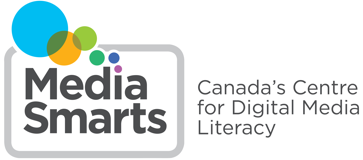This lesson teaches children that television doesn't always offer the best solutions to conflict.
Violence
In this lesson, students become aware of the types and amounts of violence in children's programming, and how media violence influences young viewers.
This lesson helps children become aware of the types of violence that appear in the media, the frequency with which these acts occur, and how they respond to these acts. It begins with a guided discussion about the different types of violence and then, how violence is portrayed in the media. Using worksheets, students then survey the shows they enjoy for acts of violence and then, as a class, compile and discuss their findings.
To introduce students to the organizations of the Canadian broadcasting industry, and to the codes, guidelines and issues relating to violence, ethics, representation, advertising and the accuracy of news in television and radio programming.
To make students aware of the ways in which male violence is used and promoted in advertising.
In this lesson, students explore the absence, or unrealistic portrayal, of consequences to violence in the media.
This lesson develops a beginning awareness by students of how they feel towards, and respond to, different sports, and how the media represents athletics.
Talking to kids about violence in the media they consume – television, movies, video games, music and the Internet – can help them put media violence into perspective and perhaps diffuse some of its power.
